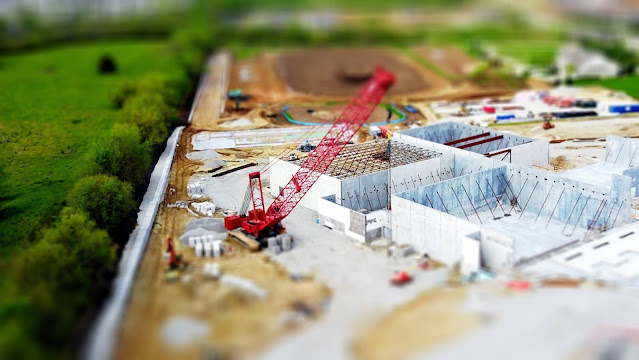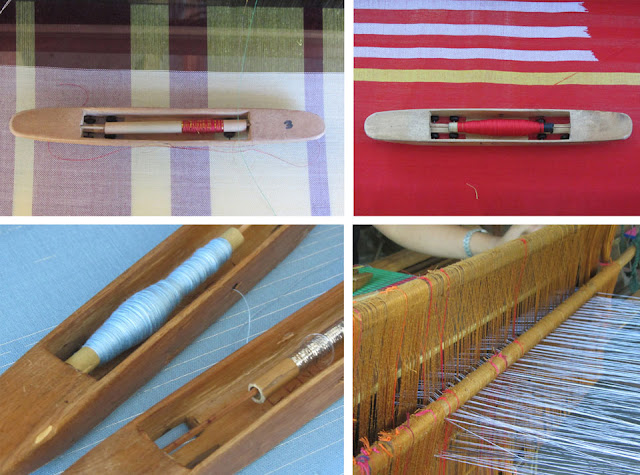How to ensure your building is safe
“Earthquake or natural calamities don’t kill people. But poorly built structures, do,” said Ilonggo Architect Jomari Moleta.
“When an earthquake strikes, it affects the structures. Concrete crack, glass shatter and fall on people and that’s when you have casualties,” he added.
Thus, Moleta stressed that stakeholders – engineers, architects, plumbers, contractors, and owners, among others, should ensure that the building they are erecting or living in is safe.
HOW OLD IS THE HOUSE? “Investigate how old the house is. If it was built before 1950, ask the structural engineer if it’s capable of resisting forces like earthquakes. He/she will tell you if the house is habitable or can be subject to renovation,” Moleta said.
DESIGN. A lightweight roofing is safer than concrete or any flat roof. “It will just move. It will neither crack nor collapse,” he said.
“For glass, the building owner should make sure that the installer employs a technology that follows safety standards. A fuse made of rubber or silicon is usually placed between the glass panel and concrete. Without this fuse, the glass will easily shatter if subjected to movements because it has no room to move. Choose tampered glass. It’s expensive but it does not easily break because it’s covered with a certain film. If it does break, the debris is not sharp,” he explained.
“Store heavy objects on filing that are directly on the floor and not in overhead cabinets. Also, put locks or latches on overhead cabinets so that the contents will not spill. Avoid putting television overhead, too. Put it on a bulky table,” he said.
“As for the bed, let it sit near an indoor wall. This is the wall that connects two rooms,” Moleta added.
EXIT AND OPEN SPACE. The National Building Code requires that only 70 percent of the lot should be used for the house or building because 30 percent is for open space.
He cited SM City Iloilo as an example, whose vast parking lot serves as its open space where the employees and shoppers are led whenever there’s an earthquake.
Moleta advised malls without open spaces to put easy-to-understand directions that would guide people where to go for safety.
“Exit doors should open outside so that people can easily go out in case of a stampede,” he said.
TALL BUILDINGS. Japan experiences not less than 200 earthquakes a year. So, “each tall building has a ball-shaped bearing that serves as the foundation. So, whenever there’s movement on the ground, the foundation moves, and the building is protected. It’s expensive but it makes people safe,” Moleta said.
Moleta said structural designers base their plan on the highest intensity earthquake that occurred in the area. “The highest here in the Philippines was intensity 8.5 and they provide an allowance for that,” he said.
FOLLOW STANDARDS. Perhaps, our saving grace is to follow the standards set by the National Building Code.
“Some do a short-cut, thus exposing the residents to danger. For example, the house needs 16 mm reinforcement, but since the contractor and the owner are saving, they would reduce it to 12 mm. Or, the structural engineer has specified that two bags of cement are needed for the concrete, but you only used one. The size of the steel bars and the ratio of the concrete matter. Don’t use undersized steel bars or undergrade construction materials,” he said.
He advised owners to monitor the building process. “Before they can pour cement on the foundation, check if they followed the specifications,” he said.
He cited the Pavia Housing Project experience as a lesson. “When they cracked the cement open, they saw that the contractor used substandard quality steel bars. Even the walls were thin. How come they did not check this earlier?”
Also, check if the structure has a building permit. “The building permit is really recommended because it contains the signature of the engineer, architect, electrical engineer, master plumber and the City Engineer’s Office, which means that your plan or structure is reliable,” he said.
So, there you have it. You have two choices. Scrimp on the structure and endanger lives. Or, follow the law, save lives and go about your life guilt-free./
Photo: David McBee/Pexels





